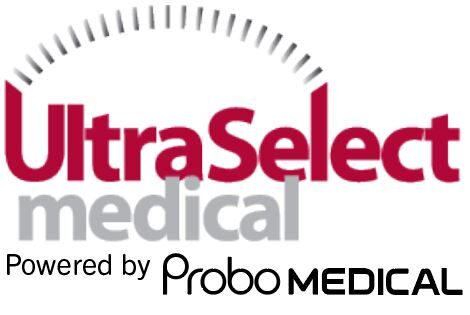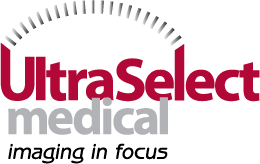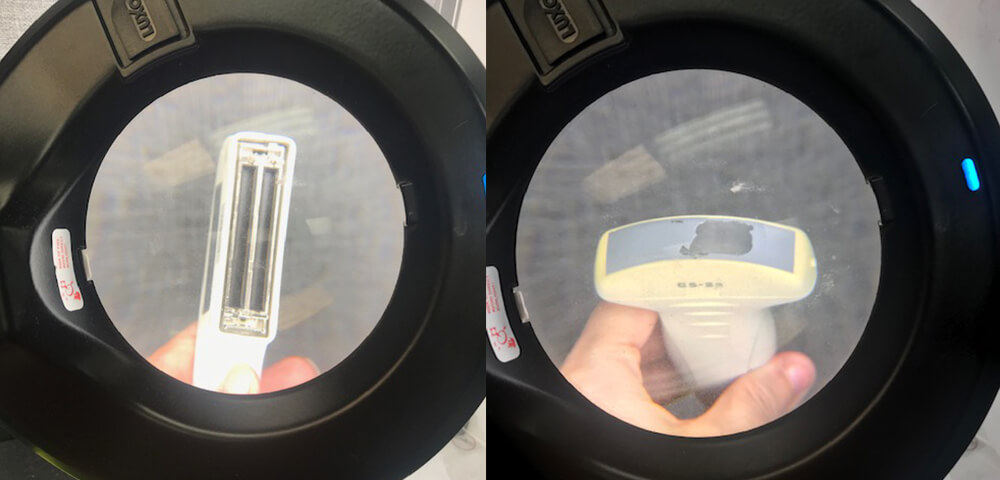Now that you have taken the time to select the machine that meets your needs and you have paid for it-you want it to last as long as possible.
Taking good care of your equipment is the best way to prolong the life of the ultrasound system.
It is important to note that this issue dovetails with any quality assurance programs your institution has. This blog will provide some thoughts about that.
Many times when we talk about this the common misconception is that the PM’s take care of everything. Yes PM’s are very important and in some cases mandated by accreditation standards. PM’s or Preventive Maintenances are done twice a year. If you are involved in clinical trials then it should be done every 3 months because these machines have to be in peak performance. Only qualified engineers should be performing these PM’s. During a PM we use a strict 25 point process that looks at the internal electronics, the monitor, the probes and we perform several calibrations. Each machine takes approximately two hours to complete. This process needs to be in accordance with the OEM (Original Equipment Manufacturer). Each manufacturer has standards of how this should be completed.
In setting up QA programs for other institutions, I had a checklist of things that ultrasound users should be doing every day. The number one thing is to document the probe membrane, cord, strain relief at both ends and the connector. This is a visual inspection and marked down in a log. Any trauma to the probes should be documented. The probes and cords must be stored correctly in a way that does not cause the cords to be run over by the ultrasound machine wheels, stretcher wheels or other sharp objects that may cut the cords. Twisting of the probe cord or the power cord can also lead to broken wires in the sheath and will degrade your image. The strain relief is the area that connects the probe to the cord and the cord to the connector. It should not have cuts, twists, or large separations at the probe or connector end. Connectors should either be placed securely in the ultrasound machine or in a secure manner on the machine. Any probes that are not in routine use must stay in the approved case. Keeping probes in a drawer usually ends up in damage to some part of the unit and constitutes user abuse and may void a warranty. Look at the connector for any misalignments or missing or bent pins. The power cord that leads from the machine to the wall also needs to be coiled in a way that prevents being run over by the machine or stretchers. If there is a problem with any of these areas it can have negative effects on your images and the performance of the machine.
Now with COVID-19 upon us proper sanitization is a must.
COVID has drawn the curtain back on some of the practices that may not have been taken so seriously before. Cuts tears and needle holes in probe membranes are also a source of cross contamination. While we always had pathogens, those that did not have proper education in microbiology never understood why certain things must be done.
The other issue that is so detrimental to ultrasound is dust.
Yes dust can carry germs but it is the nature of dust to plug up things. It always amazes me how much dust migrates to the inside of the ultrasound machine.
This is why a qualified person has to take care to remove the dust properly from the inside apparatus to keep it functioning well. Even though it is a standard part of the PM process the ultrasound users should be able and trained how to clean the filters of those machines that have them.
When the filters are dirty, the machine will still try to pull the same amount of air through the system. This means a lot of the air being pulled into the system will bypass the clogged filter. Some of the consequences of dust on the inside of the machine are fire, excessive heat which may cause software errors that can affect everything from grey scale and measurements to on screen registration issues, hardware failure and other electronic issues. Sometimes there may be a warning or error messages that pop up on the monitor, other times things just do not work well.
Last but not least is the topic of our beloved gel.
Since we wear gloves and we can’t feel the gel through the gloves, we should assume that gel transfers onto the machine. The most affected area is the keyboard and console. It is very important to wipe the gel off right away. When this gel hardens on the ultrasound machine it acts like glue that causes the keys to malfunction. Hardened gel is very difficult to remove from all the crevices on the user interface sometimes requiring complete disassembly.
Flagging any issues and notifying the proper person as soon as possible is invaluable in prolonging the life of the equipment. Proper safety is so important. Once you are in the habit of doing these things your investment will go further. Contact us today to learn more.


